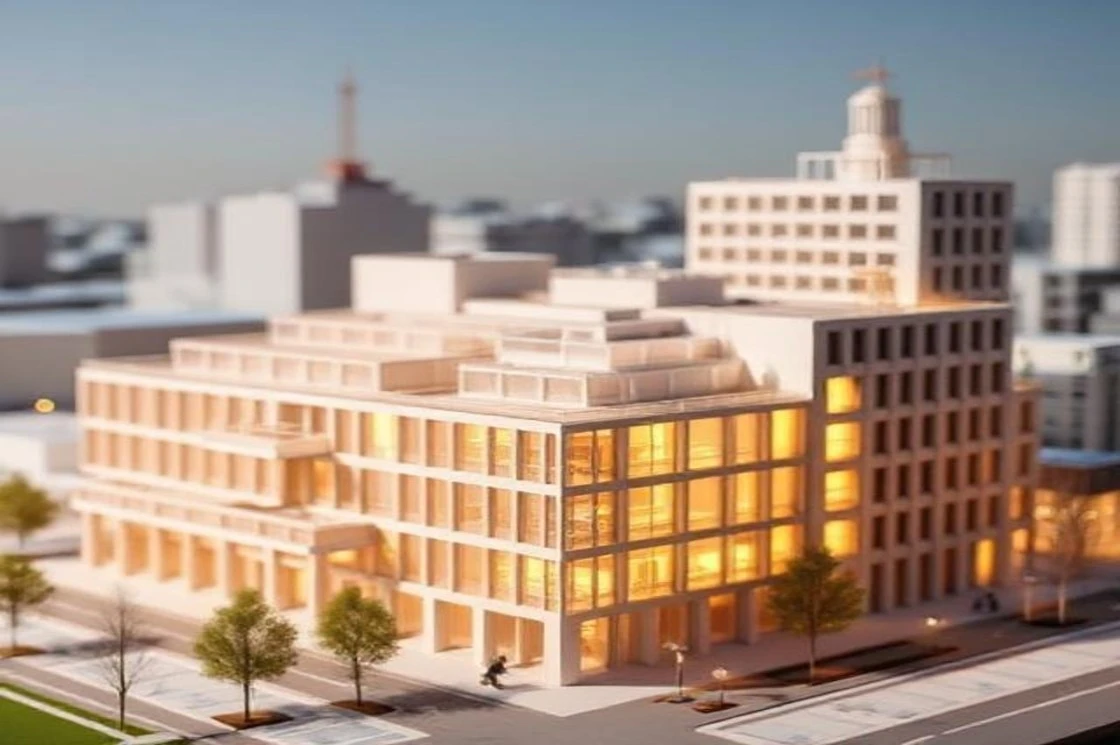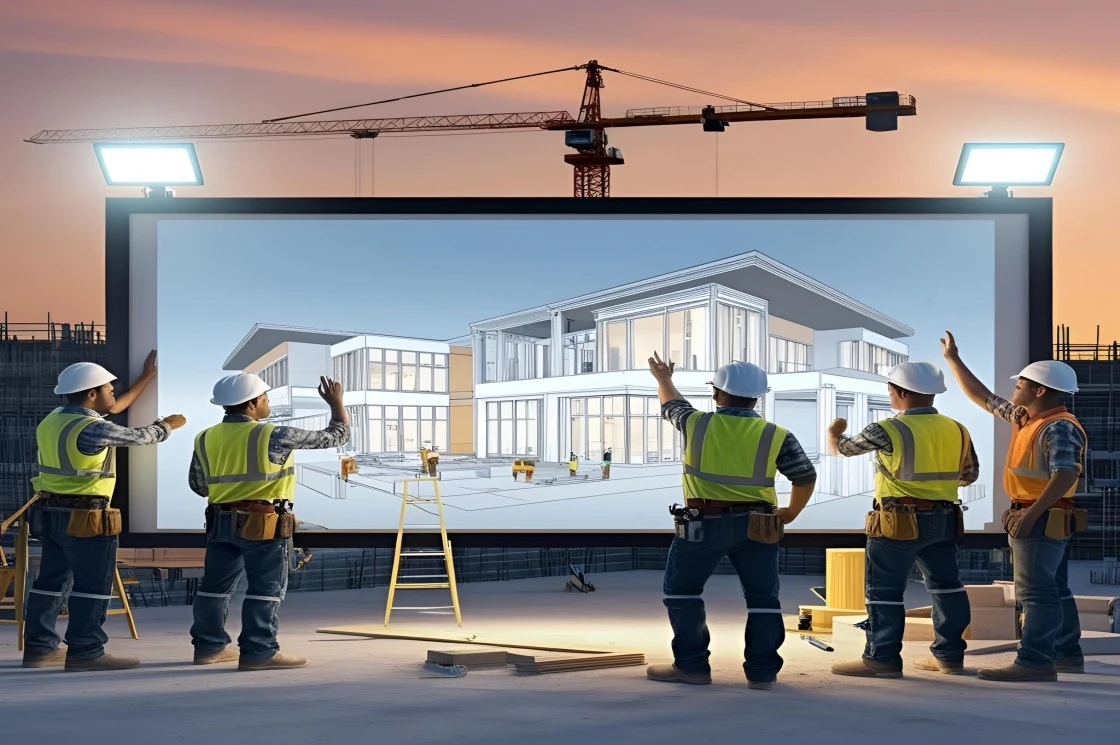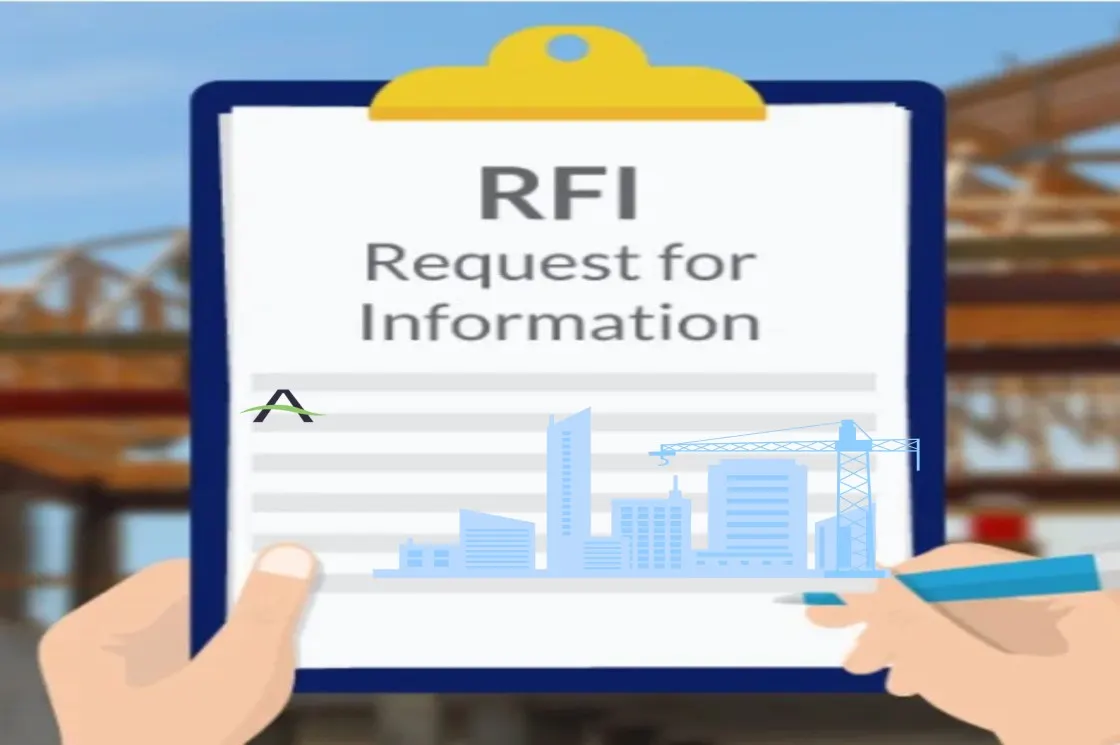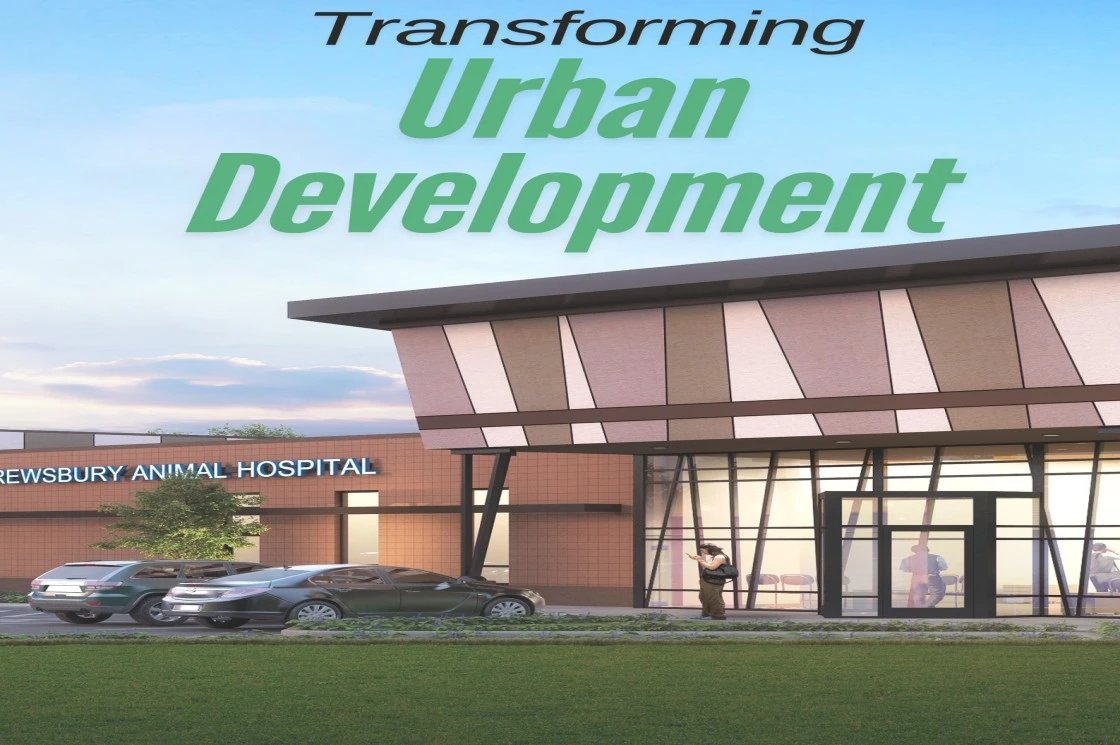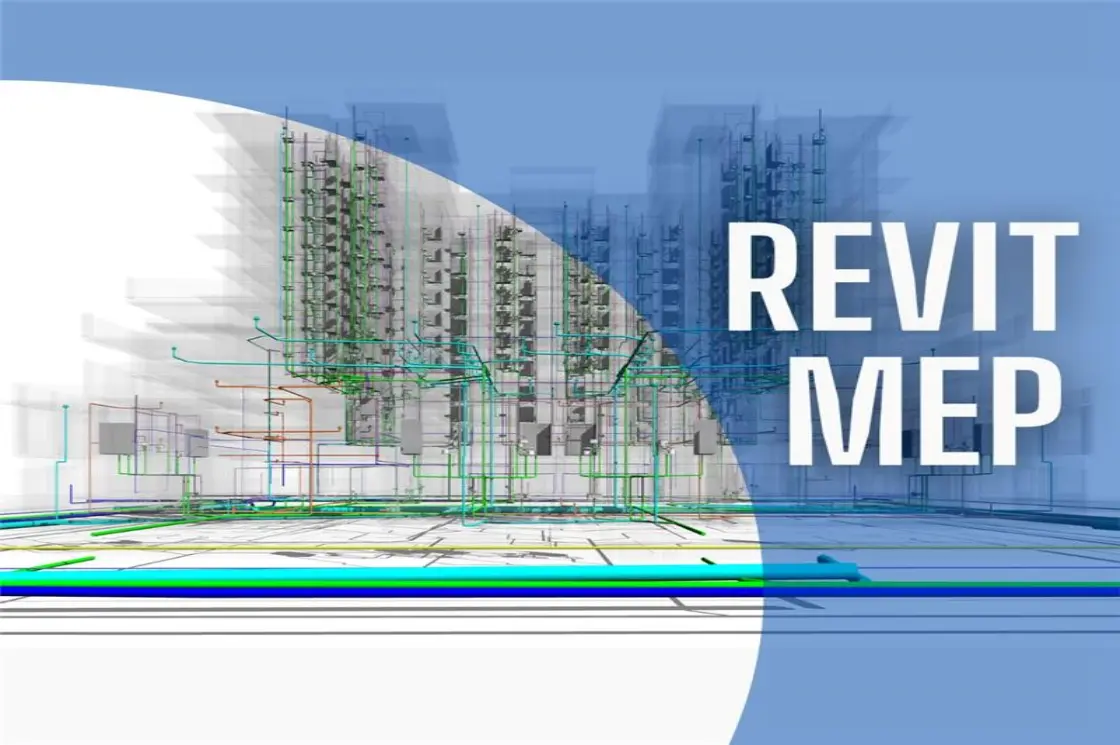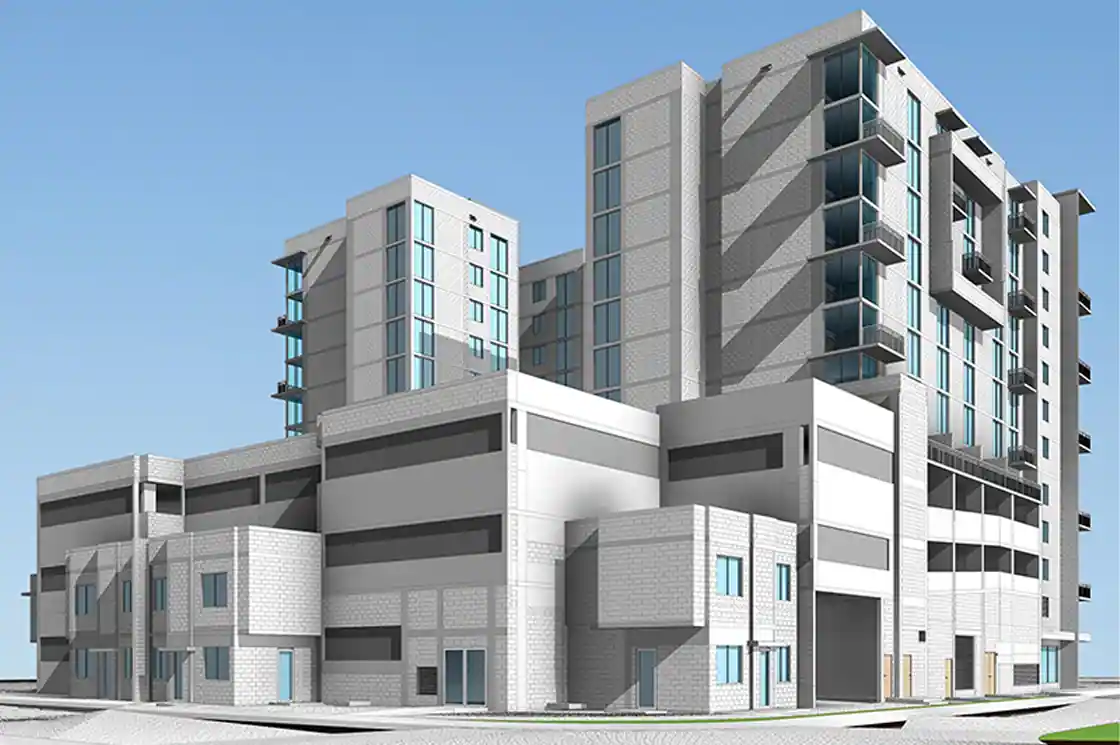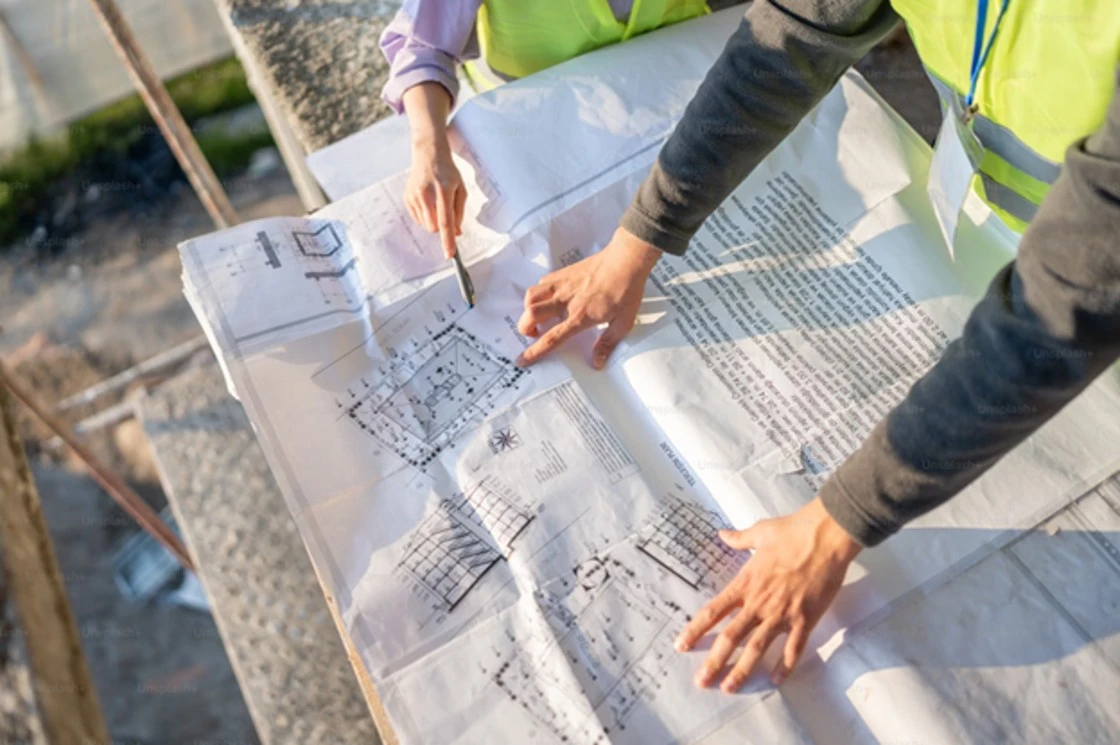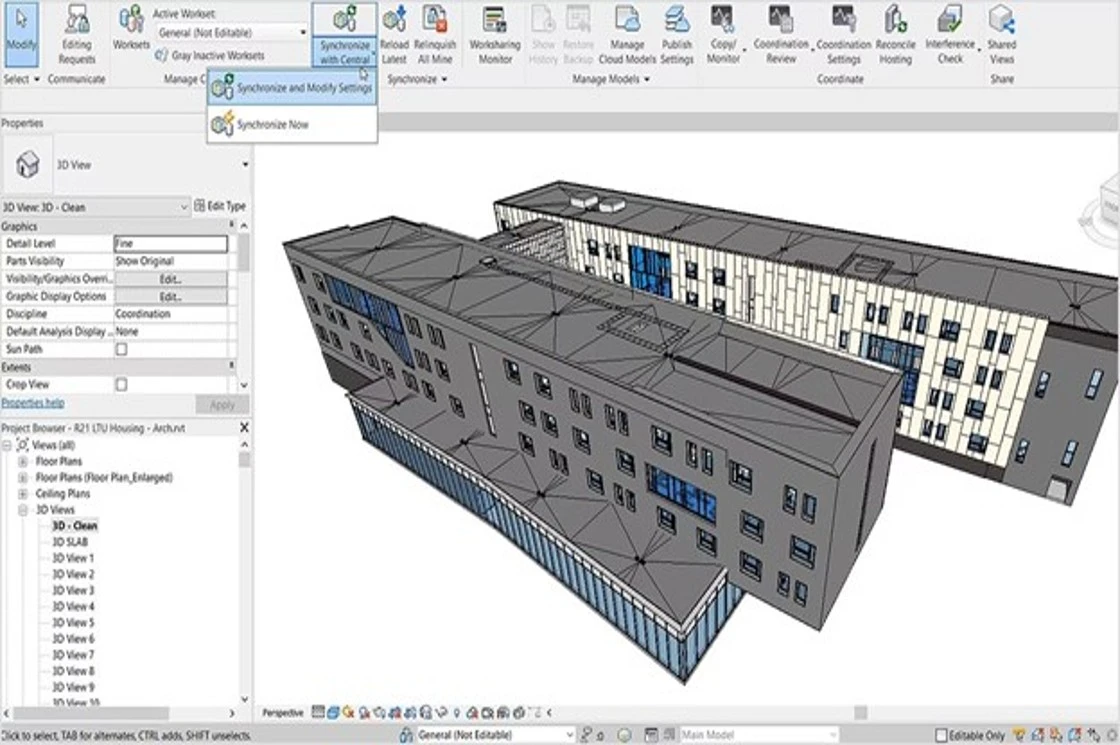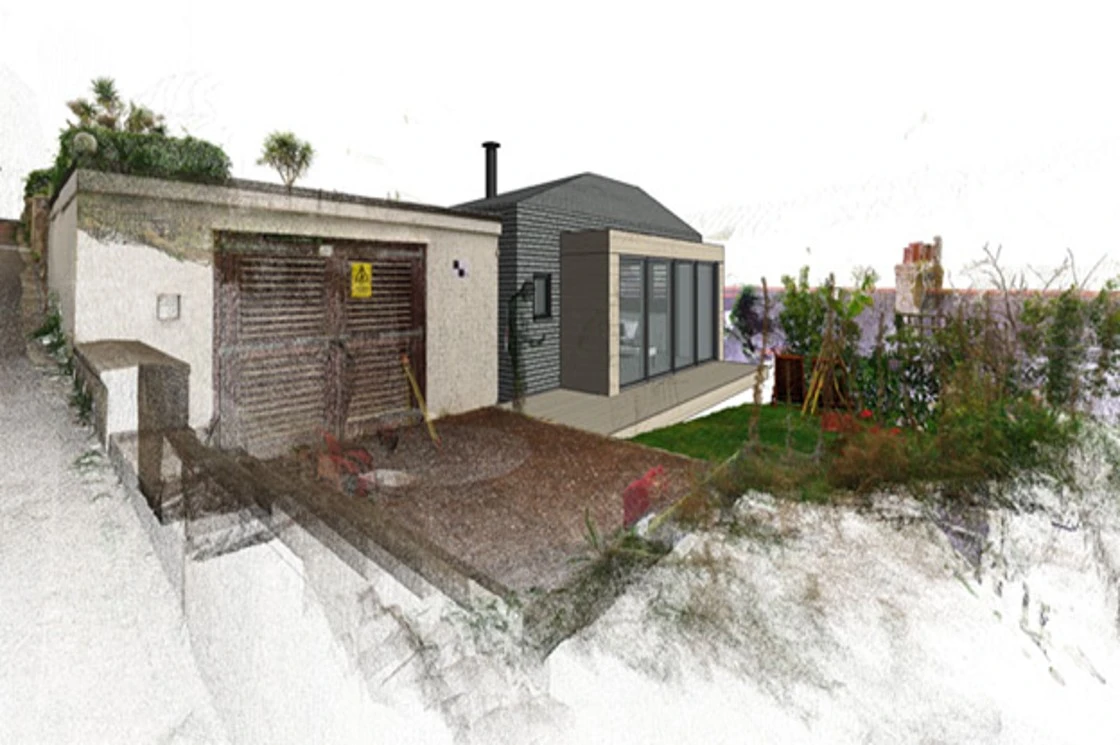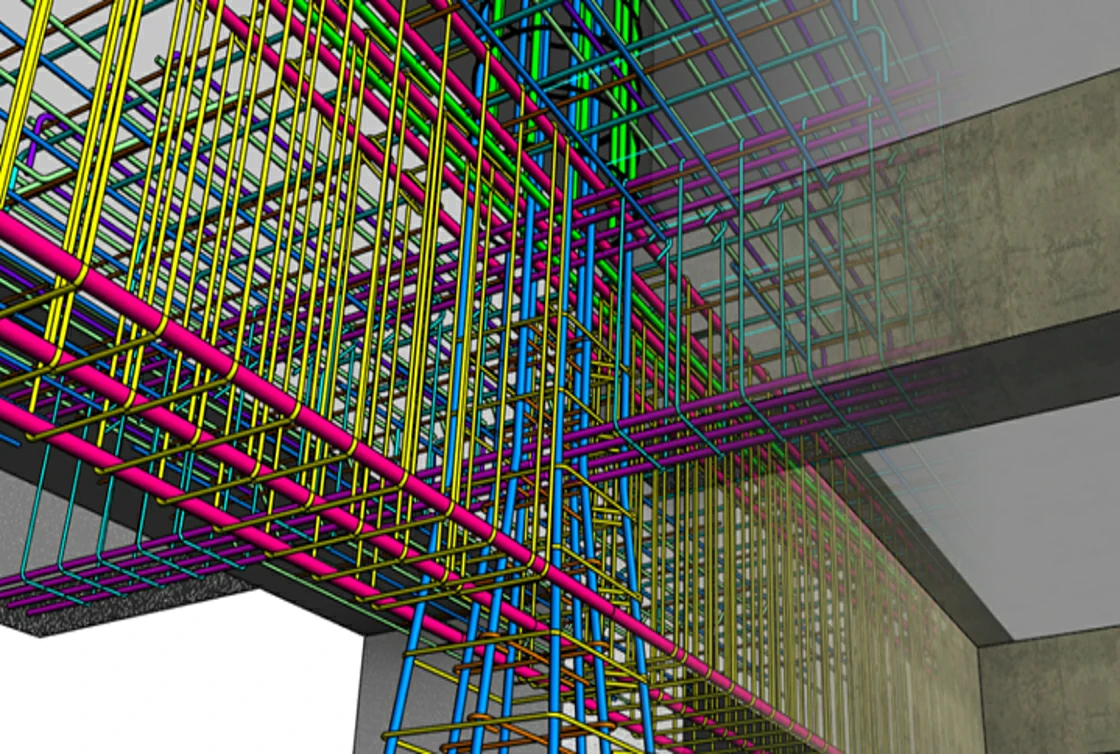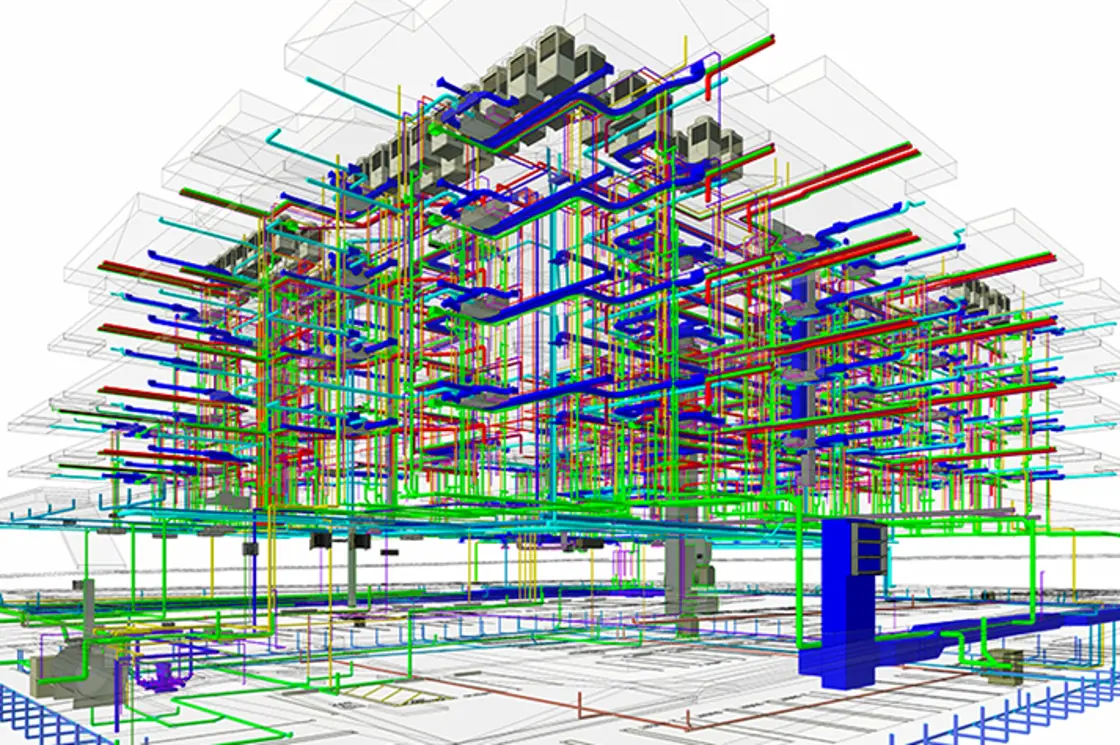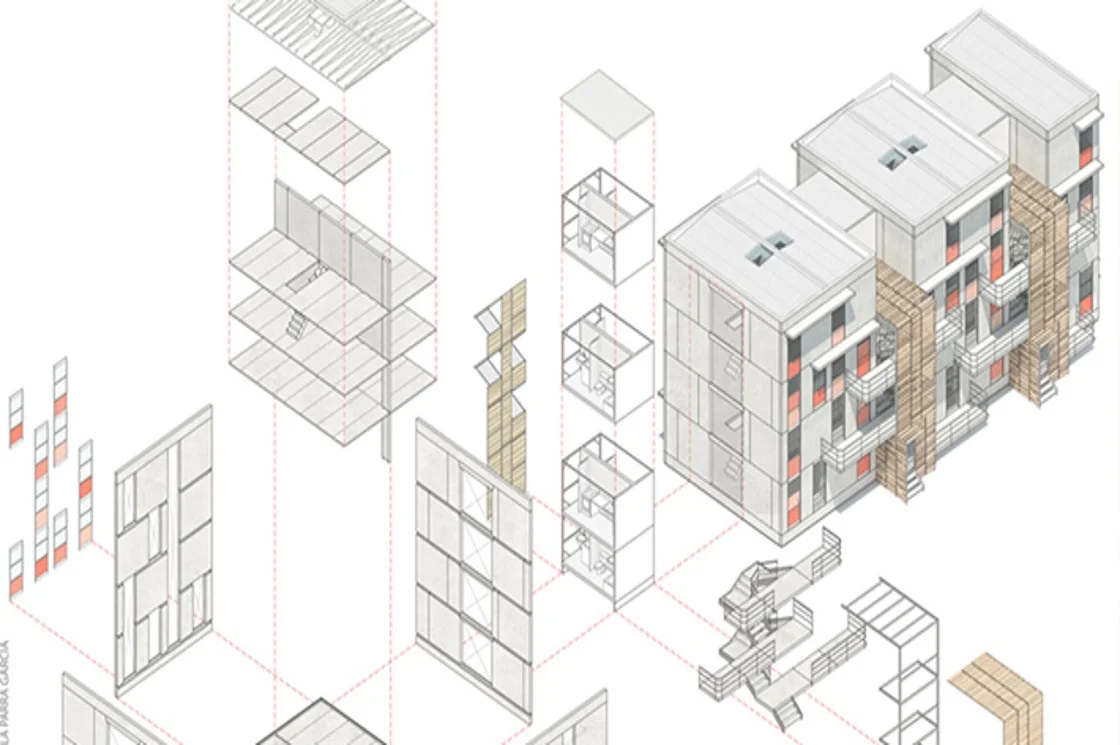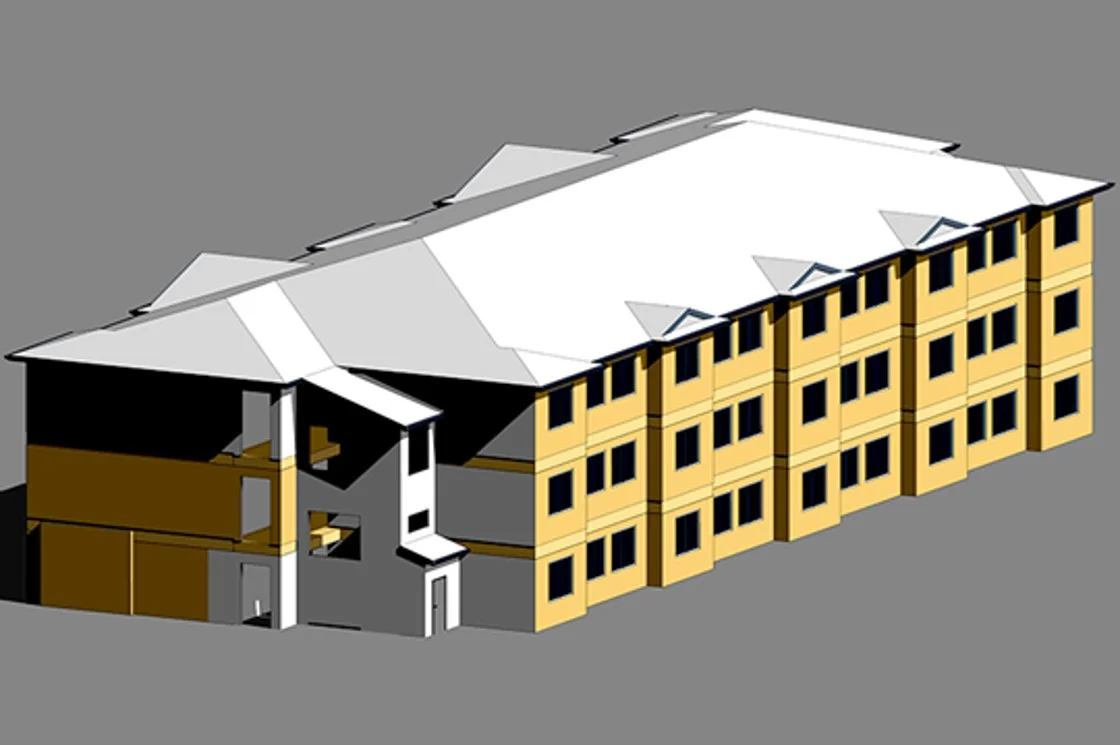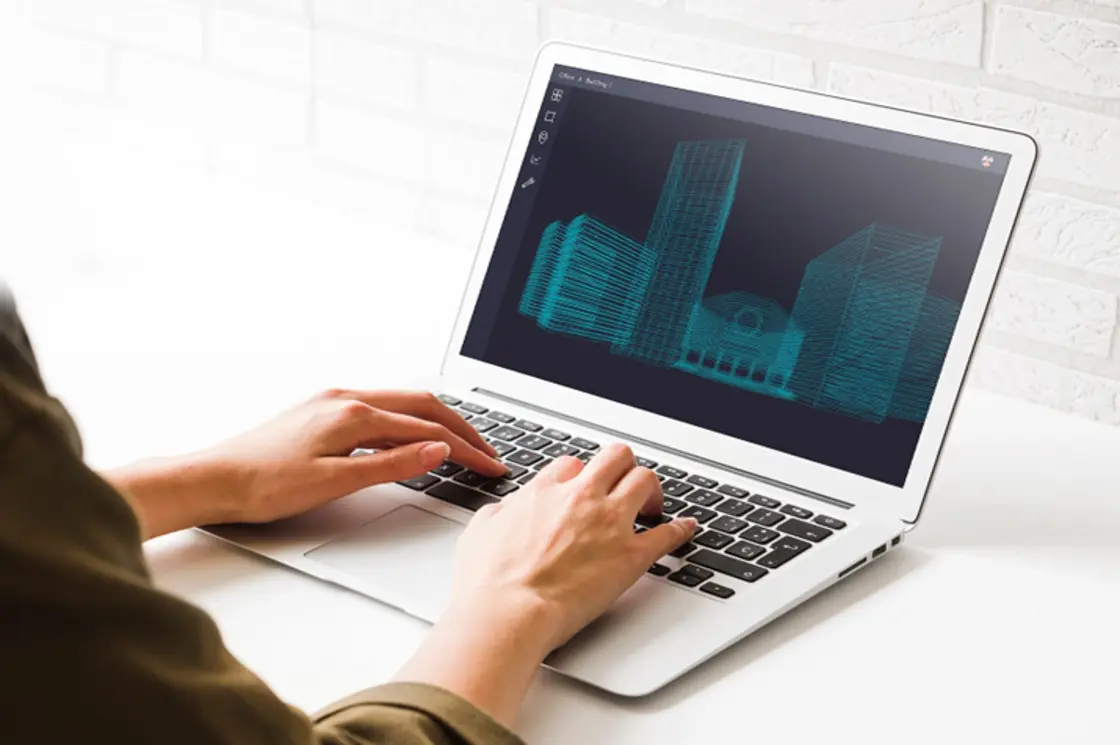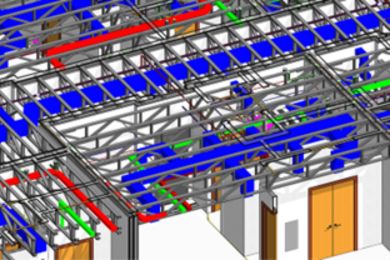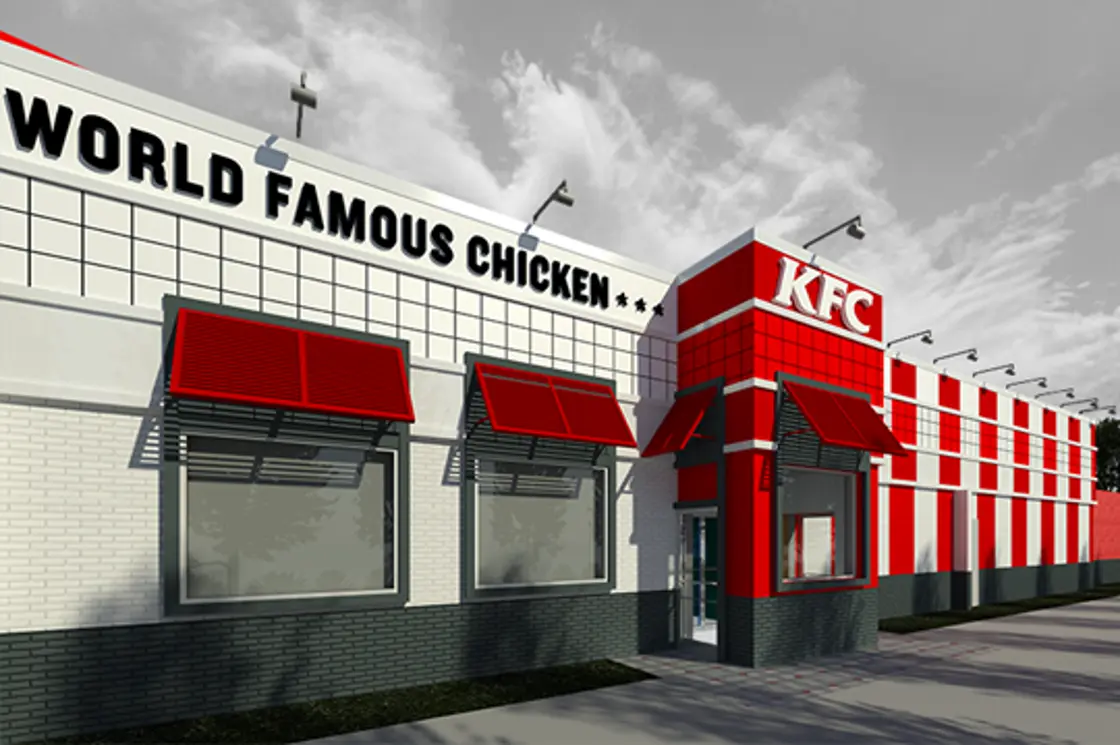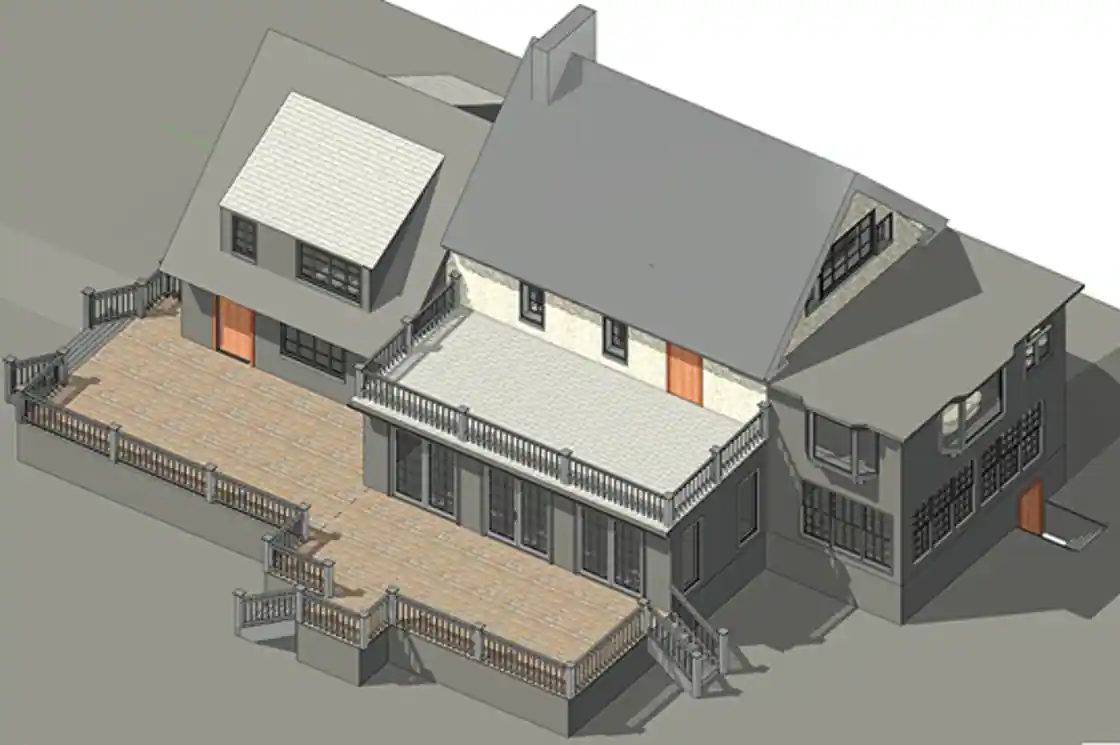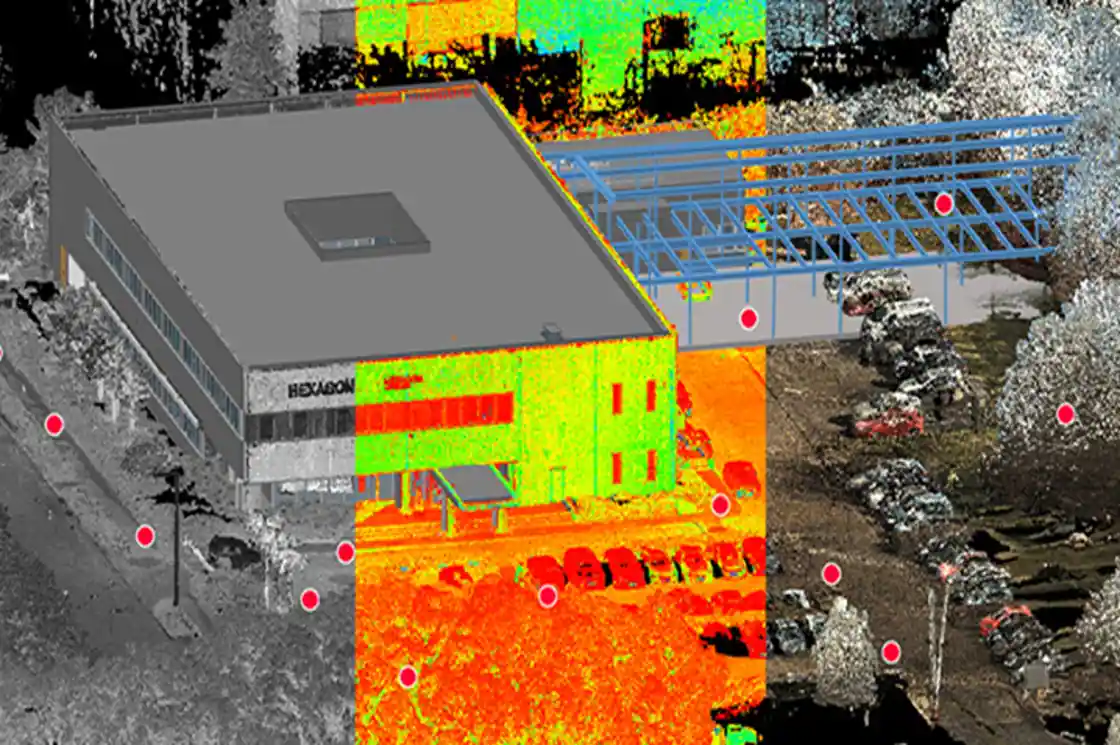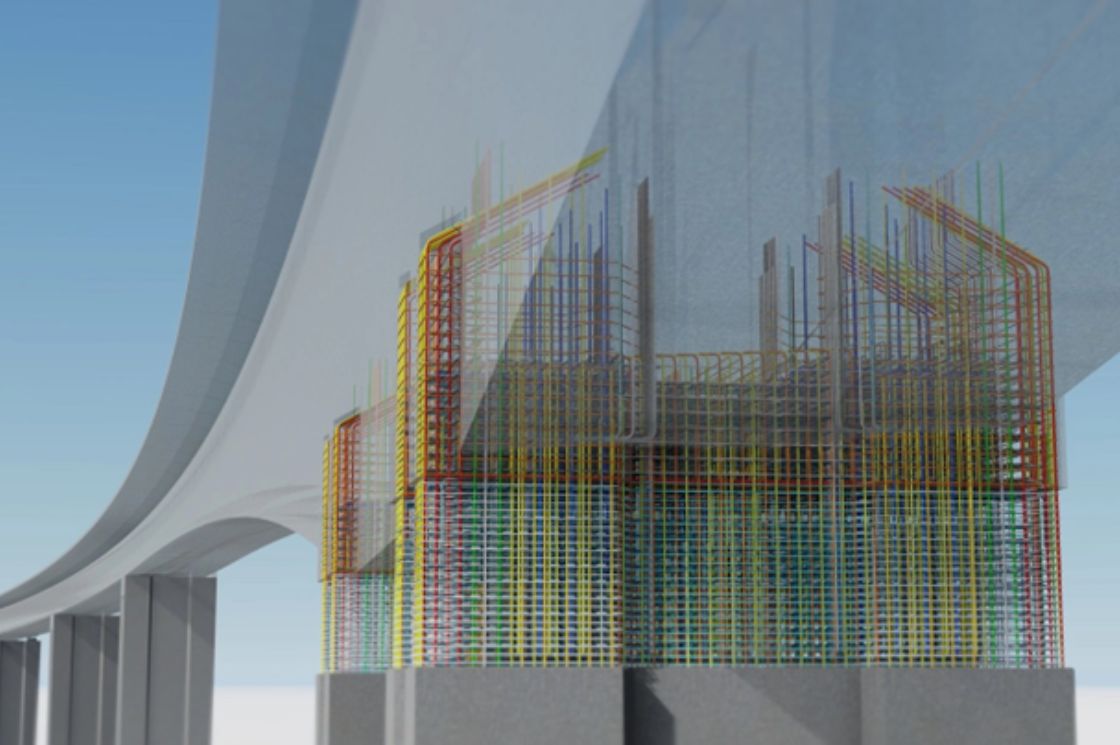The Role of RFIs in Construction: Why They’re Crucial
RFI, i.e., Request for Information, as the name depicts, is a formal document to request any information or clarification. In terms of the construction process, RFIs are used by different parties, such as Architects, general contractors, Sub-contractors, Designers, Engineers, or vendors to resolve ambiguities and minimize information gaps by sharing the decisions or suggestions during the project implementation. With the integration of Virtual Design Construction (VDC) or BIM Technology, RFIs can be more effectively managed through digital tools and collaborative platforms, also improving coordination and reducing delays in the construction process.
History of RFI
The construction projects were headed by builders before modern times, they were monitoring both design and the building work.
The current version of construction RFIs dates from the 1980s, when it was realized that having formal documentation would be better to resolve issues and keep it on record. Today, BIM Technology / Virtual Design and Construction (VDC) have further transformed the RFI process, enabling more efficient and accurate communication between project teams.

What is RFI Used For?
Multiple stakeholders, contractors as well as clients encounter situations that are required to be resolved with additional information. Those situations can be discrepancies in the documents or any missing information. These circumstances create the reason to raise an RFI to the authorized party, which enables them to communicate and resolve the issue so that the project work can be executed, and the chances of errors can be minimized beforehand. With the advent of Virtual Design and Construction (VDC) and BIM 3D Modeling, these RFIs can be better managed by leveraging digital tools, collaborative platforms and 3D models.
Building any structure and delivering high-quality projects correctly depends on the generation of the RFIs to a greater extent.

Types of RFIs
In general, we broadly classify the RFIs into two categories Design and Construction. The objective should be resolving the design-related queries prior to the commencement of construction on site so that the design issues do not hinder the progress of the project. BIM 3D Modeling plays a crucial role in this phase, as it allows for accurate visualization of the design and identification of potential issues before construction begins. Construction-related RFIs are generated after the study of the site with respect to the design documents and site conditions. There are multiple factors that can be the motive behind creating RFIs. Some of these are as follows.
Design Coordination/Clarification
Coordinating design documents
Design change required as per site
Design clarification for better understanding
Incomplete plans or specifications
Construction Coordination
Schedules and Safety items
Change in method or process
Infeasible detail or design
Material Change
Site conditions
Sequence of construction activities
Why are well-written RFIs so important?
The intention of writing any RFIs should be to help the architect, engineer, or other recipients to provide a desired answer in a shorter time. RFI becomes the mode of communication between all the stakeholders. The clarity of any discussion depends on the information communicated through the RFI, so it is vital to focus solely on describing the purpose.

How to write construction RFIs?
There are many possible patterns or ways in which any issue or query can be explained and presented. However, it is the responsibility of the creator that RFI should be on point and can extract the result as required. The clearer the understanding of the drawings and documents, the better RFIs are explained. There are a few steps in general that can be followed to create the RFIs.
Explaining the issue
The current documents or situations should be as specific as possible so that it does not draw any unnecessary vague responses. It’s important that the text should be written clearly as well as concisely. With the integration of Virtual Design and Construction (VDC), this process becomes even more streamlined.
Propose possible solutions
If we have a clear understanding of the project, we might have a probable solution to the highlighted issue and thus if we can suggest or provide a solution. We must include that in the RFI too.
Provide drawings and pictures
RFI with a drawing or pictures that explain the discrepancy found, we must add the information in such a way that it becomes easier for the reader to assess the situation and resolve. Visuals can speed up the overall understanding and answering of RFIs.
Presentation of RFI
The name or title of any RFI should be distinct from the others. There should be one type of problem specified in any RFI that can be forwarded to the designated consultant rather than combining multiple issues under a single RFI.
Record of RFIs
RFIs are ultimately efficient to keep the projects running smoothly. The nature of construction projects can be overwhelming. Thus, RFIs are very useful in responding to changing conditions or conflicting communication. Along with writing and incorporating the solution of RFIs, it is important to keep the record of issue and response of the RFIs, so that all stakeholders are updated with the timeline and status of RFIs that are received from different departments. As RFIs are part of the project implementation, it is necessary to have a record throughout which can be used to track the flow of RFIs. BIM Technology can further enhance the management and tracking of RFIs, providing a centralized platform for all project stakeholders to access up-to-date information, streamline communication, and improve decision-making.
FAQ / Common Queries:
What is an RFI in construction?
An RFI (Request for Information) is a formal request to resolve ambiguities or obtain clarification during the construction process.
How does an RFI improve construction projects?
RFIs enhance project efficiency by minimizing errors, ensuring clarity, and improving communication between all stakeholders.
Why are RFIs important in project management?
RFIs prevent delays and misunderstandings, ensuring timely project delivery and reducing costly mistakes.


